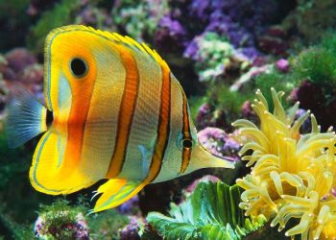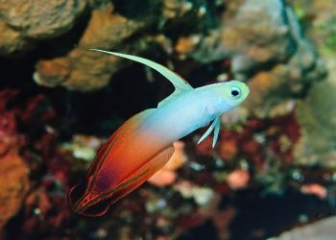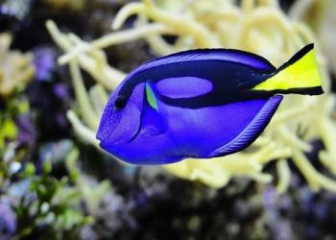Sailfish - Habits, Care and Good Breeding
Blog | by
Sailfish, a national ornamental fish, is super cheap, easy to care for, and comes in many different colorful colors and often appears in every aquarium.
When it comes to beautiful, colorful, affordable, easy-to-raise ornamental fish, it is impossible not to mention the sailfish . This is one of the most popular ornamental fish today. They not only come in many colors such as tiger black, neon red, neon green, neon yellow... but are also very cheap, friendly, and easy to raise.
Let's explore the origin, habits and detailed care of sailfish with Nice Fish!
Information about Sailfish:
| Scientific name | Gymnocorymbus ternetzi |
| Other Names | Rudder fish, black panther fish, skirt fish |
| English name | Blackamoor, black skirt tetra, Black widow... |
| Class | Actinopterygii - Ray-finned fishes |
| Set | Characiformes - Grease carp |
| Source | Distribution in South America |
| Lifespan | Average 3 - 5 years |
| Size | 4 - 5 cm |
Origin of sailfish

Sailfish are native to South America.
The sailfish has the scientific name Gymnocorymbus ternetzi, other names are rudder fish, black pant fish, skirt fish,... This is a small, beautiful ornamental fish originating from South America, specifically the slow-flowing freshwater and flooded forests in the Amazon River basin, Paraguay River and Guapore River.
This fish prefers to live in warm, quiet waters with lots of aquatic plants to help them hide and forage.
Nowadays, sailfish are widely bred around the world because of their attractive appearance, low cost, and ease of raising.
Classification of sailfish
Initially, wild sailfish were only grayish-black with prominent vertical black stripes, but after the crossbreeding process, many fish varieties with different colors were created such as albino white sailfish, fluorescent sailfish, orange sailfish, fluorescent green sailfish...
Black Shirt Tetra
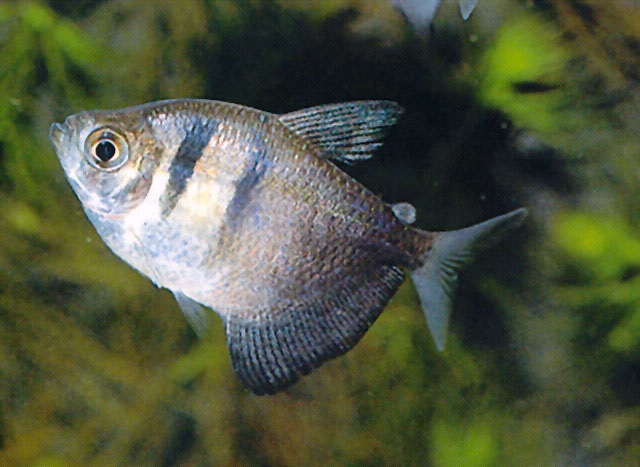
A Black Shirt Tetra fish.
Black Shirt Tetra, also known as Black Shirt Tetra, is a wild species of sailfish found in nature. They have a gray body with two prominent black stripes, a silvery head, and small, light gray, slightly transparent fins.
White Tetra

White sailfish.
This is an albino variant of the black sailfish, with a transparent white color with a soft pearly sheen, and characteristic pink and red eyes. They also have a flat body, and dorsal and anal fins that are wide and resemble sails.
Glofish

Glofish have super bright neon colors.
Fluorescent sails are also a colorful variation of traditional sails. They come in neon colors that glow under LED lights such as neon green, pink, fire orange, lemon yellow, bright red,,,
This is the most popular sailfish in aquariums because of its extremely eye-catching colorful colors, which can help make the aquarium more lively.
Physical characteristics of sailfish
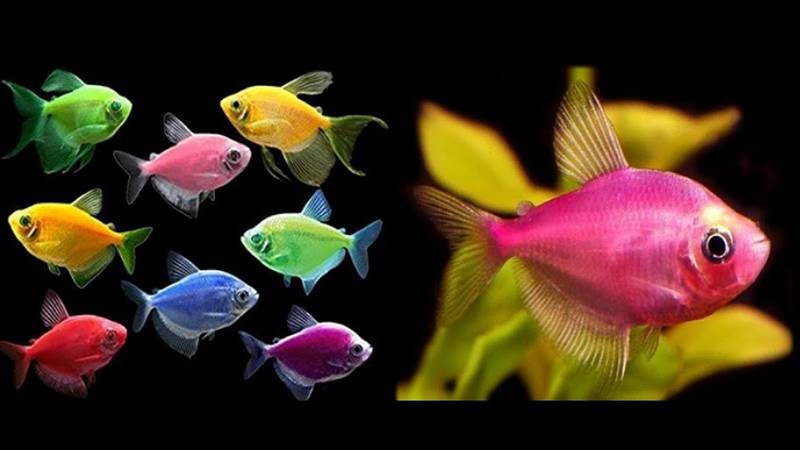
Sailfish come in many different colors.
Although sailfish have many color variations, they all share the following common morphological characteristics:
- Size : Average 4 - 5 cm.
- Body : Flat on both sides, diamond shaped. Upper body slightly high.
- Head & mouth : Small head, big round eyes, mouth slightly slanted upwards.
- Dorsal fin : Erect, high and pointed, like a sail in full sail.
- Anal fin : Wide, large spread.
- Caudal fin : V-shaped, small but very flexible.
- Color : Diverse depending on the variant, can be black, white, neon red, neon green, neon yellow, neon orange,...
Sailfish behavior

Sailfish like to live in schools.
Let's learn more about the interesting habits of sailfish.
Highly herd-like
Sailfish have a clear gregarious nature, they like to live in groups of 5-6, if you keep them alone, it will cause stress and abnormal personality. Although they live in groups, they have a very high hierarchy, often males will chase each other to compete for the "leader" position.
naughty and sensitive
Sailfish are very curious about movements outside the tank, if someone approaches the fish tank, they will also swim close to the glass. And especially this fish is quite naughty, it can bite and peck the fins of long-finned fish such as angelfish , Betta fish, so you should consider avoiding keeping them with these fish.
Is an omnivorous fish
Sailfish are omnivorous, they are usually active in the middle to surface layers, when they see food they will quickly come in schools, looking very pleasing to the eye.
Good adaptability
Sailfish are also able to adapt well to many different environments, but it is best to keep the environment stable, clean, with lots of aquatic plants and must be quiet water or have a gentle current.
Detailed guide to raising sailfish for beginners

A super beautiful sail fish tank.
Sailfish are very easy to raise and suitable for everyone. However, to help the fish grow quickly, healthy, and have beautiful colors, please follow the instructions below.
Sailfish tank design
To raise sailfish, you need to prepare an aquarium that meets the following conditions:
- Size : Minimum 50 - 80L for a group of 5-7 fish, over 100L if raised with many other types of fish.
- Filtration system : Choose waterfall filtration, internal or external filtration, as long as there is a gentle flow.
- Aeration : An aerator is needed to provide dissolved oxygen in the water.
- LED lights : Choose white or soft colored lights to enhance the color of the fish.
- Aquarium decoration : Plant lots of aquatic plants, create caves, and driftwood to simulate the fish's natural environment.
Water parameters suitable for sailfish
Sailfish will thrive best when the water has the following basic parameters:
- Temperature : 24 - 28 degrees Celsius, if below 24 degrees Celsius need a heater.
- pH : Fluctuates from 6.5 - 7.5
- Hardness : 4 - 12 dGH.
What do sailfish eat?
They are omnivores, so they can eat a variety of foods such as:
- Pellet food : Choose the type for mid-level fish.
- Live food : Bloodworms, water worm.
- Diet : Feed 1-2 times per day, do not overfeed.
Care and change of tank water
Sailfish like clean water conditions so you need to pay attention to hygiene and changing the tank water, specifically as follows:
- Change water : Every 2 weeks, change 20 - 30% of the water in the tank each time.
- Check the filter and aeration system : Check regularly every week.
- Tank cleaning : Clean the tank bottom and glass surface every 2 weeks.
What fish can sailfish be kept with?
Sailfish are quite docile and can be kept with the following fish species:
- Neon fish, molly fish, platy fish.
- Pencil fish, triangle fish...
Sailfish should not be kept with the following species:
- Betta fish , angel fish, guppies because they will often bite their fins.
- Aggressive fish such as Flowerhorn fish , Red Parrot fish ,...
Sailfish Health Care
You need to regularly pay attention to the health, status, and behavior of sailfish to see if they have any unusual signs. If so, you need to intervene and handle them promptly.
Some unusual signs :
- Fish with tiny white spots on the body and fins are infected with fungus.
- Fish swimming sideways and losing balance are at risk of heat shock and swim bladder disorder.
- Torn fish body and fins are at risk of parasitic infection.
- Dull, inactive fish may be stressed or in shock.
Treatment :
- Isolate sick fish and fish showing abnormal signs.
- Change clean water.
- Increase temperature to 28 - 30 degrees Celsius for 2 - 3 days to sterilize.
- More aeration.
- Use medicine properly
Tips for Successful Sailfish Breeding at Home
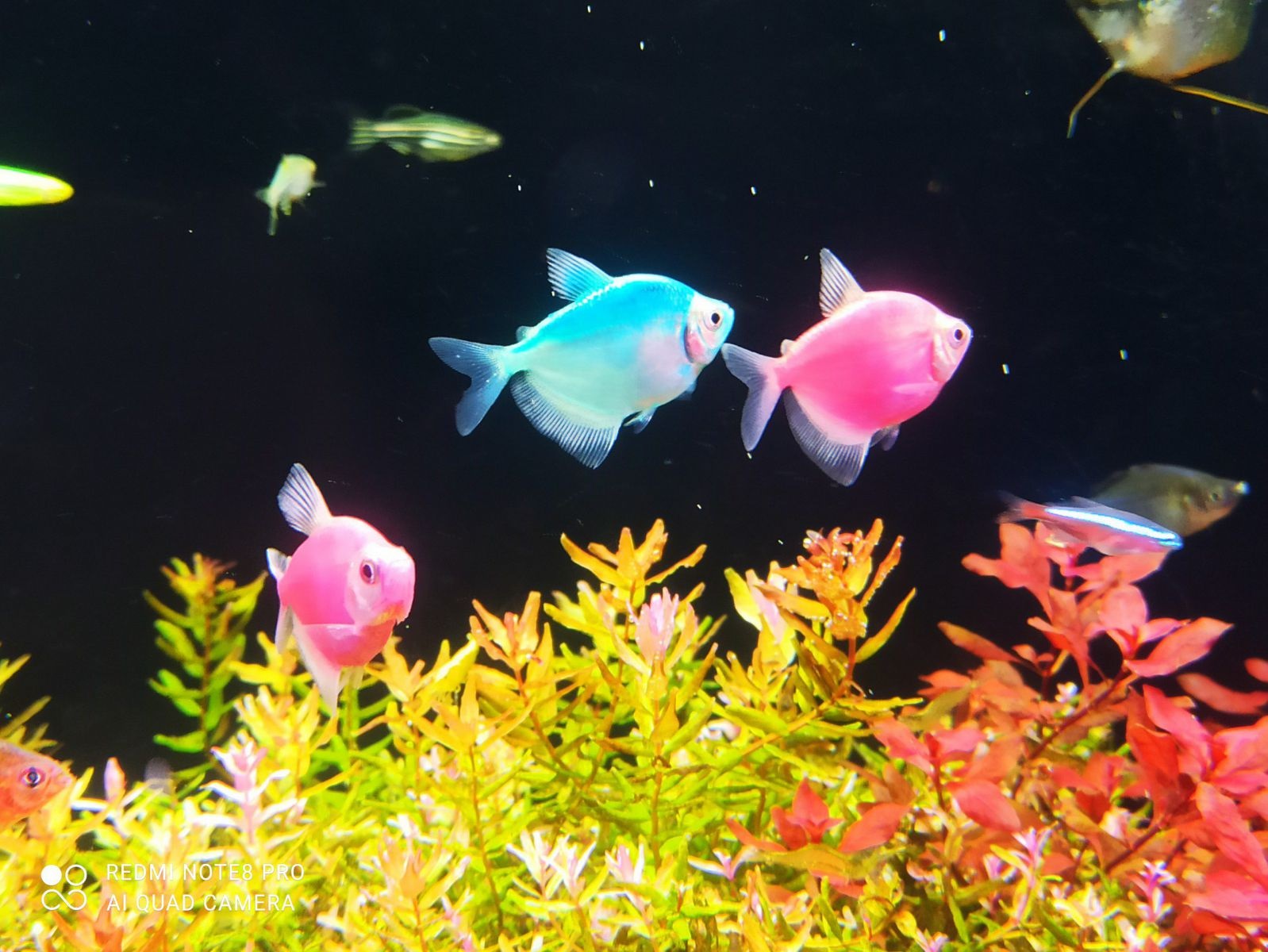
Sailfish are capable of breeding in captivity.
Sailfish are egg-laying fish but they do not know how to take care of their young, some individuals can even eat their eggs if not separated in time and also only reproduce when conditions are optimal. So if you want this fish to breed successfully at home, pay attention to the following things.
Choose quality parent fish
First, if you want your sailfish to breed successfully, you must choose parent fish that meet the following criteria:
- Choose adult fish over 5 months old.
- Choose healthy, fast swimming, disease free and deformed fish.
- Female fish have round belly, big body, shorter fins than male.
- Male fish Slim, longer, darker color, more pointed dorsal and anal fins.
The secret is that you can raise them in groups of 6 - 10 and observe their mating behavior to choose the right male and female fish.
Prepare the breeding tank
To stimulate reproduction, you need to prepare a tank and water source that meet the following criteria:
- Volume : 30 - 50 Liters.
- Temperature : from 26 - 28 degrees Celsius,,
- pH : from: 6.5 - 7.2
- Lighting : Choose low light or natural light.
- There must :Be plenty of aquatic plants like moss and java for the female to lay her eggs.
Stimulate fertility
After selecting the parent pair, you need to separate them into the breeding tank around evening time. Then feed them high protein food continuously for 3 - 4 days to let the eggs develop.
In addition, you should change 10 - 20% of the water to help the water become cooler, like rain in nature, helping the fish to spawn more easily.
Isolate the parent fish after spawning.
Observe the behavior of the parent fish when you see them chasing each other, the female fish will lay eggs in free fall, the male fish will follow to fertilize directly. After the fish have laid eggs, both the father and mother must be immediately transferred to another tank to avoid them eating the eggs.
The eggs will hatch after about 2 - 3 days, depending on the temperature. Wait for the fry to digest the egg sac for 2 days, on the 3rd day you can feed the fry with daphnia, bloodworms or fry food.
Latest sail fish price list 2025
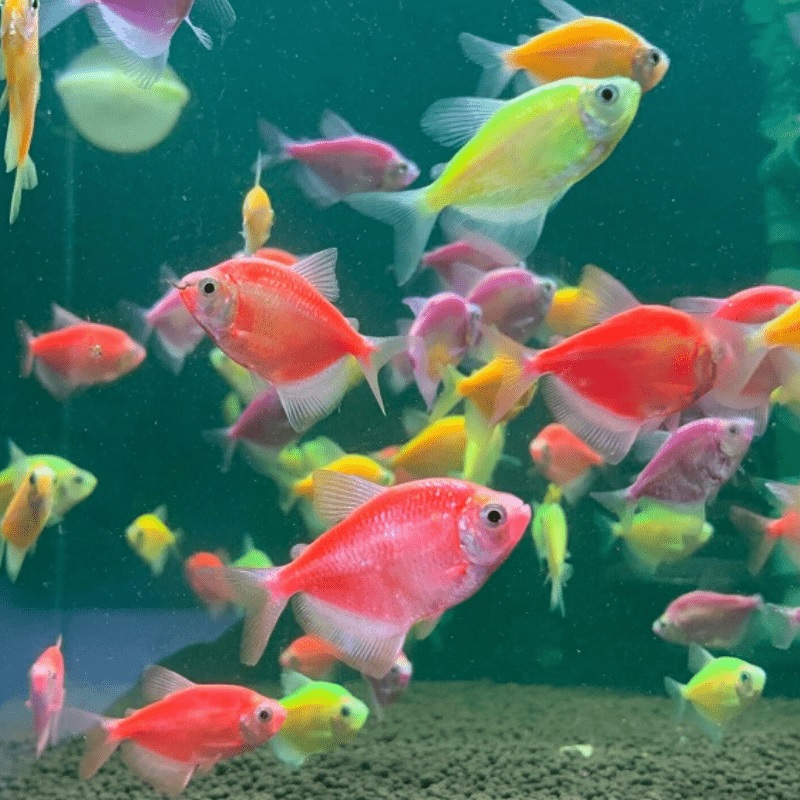
Sailfish are cheap and are often kept in large schools in tanks.
Below is the newly updated price list of sailfish in the Vietnamese ornamental fish market. If you want to buy this fish, please refer to it immediately. The price is very cheap.
| Sailfish | Retail price (VND/piece) | Wholesale price (VND/piece) |
| Regular sail | 3,000 - 5,000 |
Combo of 50 130,000 Combo 100 pcs 250,000 |
| Glowing sails | 10,000 - 15,000 | Combo of 50 pieces 300,000 - 350,000 |
| Tiger sail | 8,000 | Combo of 50 pieces 200,000 - 250,000 |
Sailfish Q&A
Do sailfish need oxygen?
This fish can breathe air directly so it may not need oxygen aeration, but if you raise a large school, you need an air aerator to help the fish grow best.
How long do sailfish live?
The average lifespan of a sailfish if well cared for is 3 - 5 years.
Are sailfish aggressive?
This fish is quite docile, they are not territorial, but still have the habit of biting or nipping the fins of fish with long fins.
Do sailfish eat guppies?
They do not eat guppies but will like to bite and peck at their fins, so you should not keep these two types of fish together.
Do luminous sailfish give birth?
This fish is easy to keep and has the ability to breed in aquarium conditions.
Beautiful and colorful sailfish images
Let's take a look at more beautiful and colorful sailfish images with different colors that stand out in the aquarium.
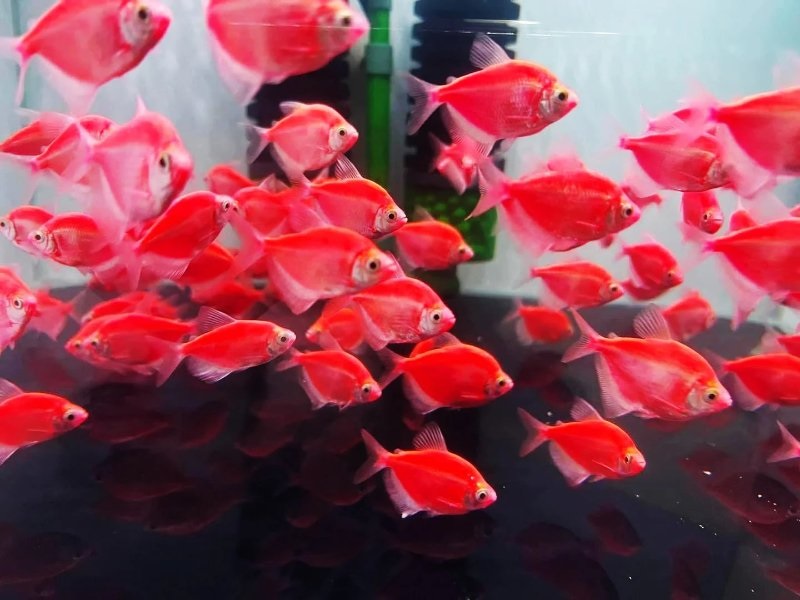
A school of bright red sailfish.
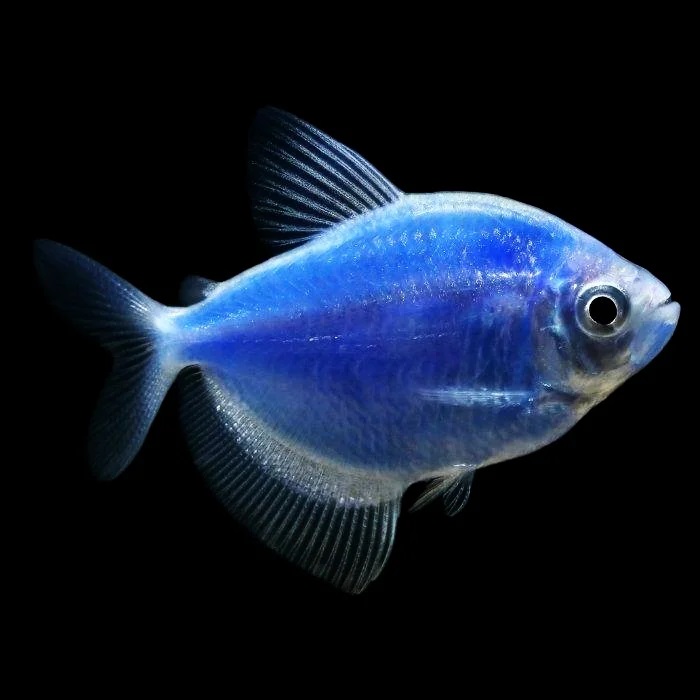
Blue sailfish.
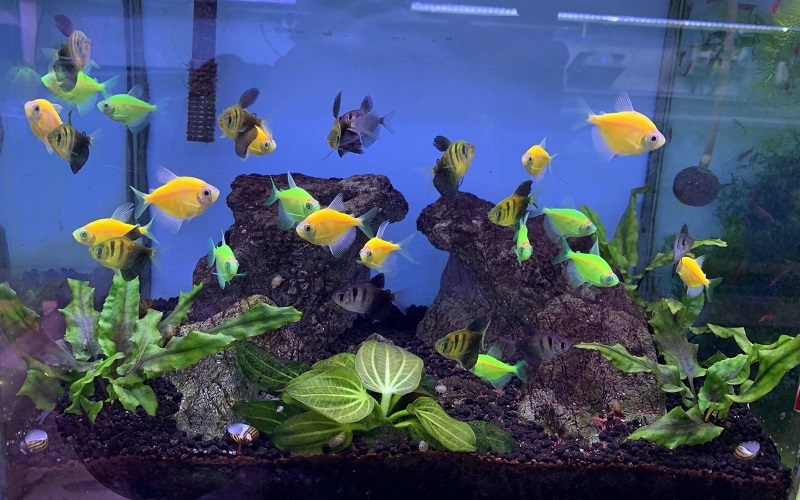
Super beautiful aquarium with sailfish.
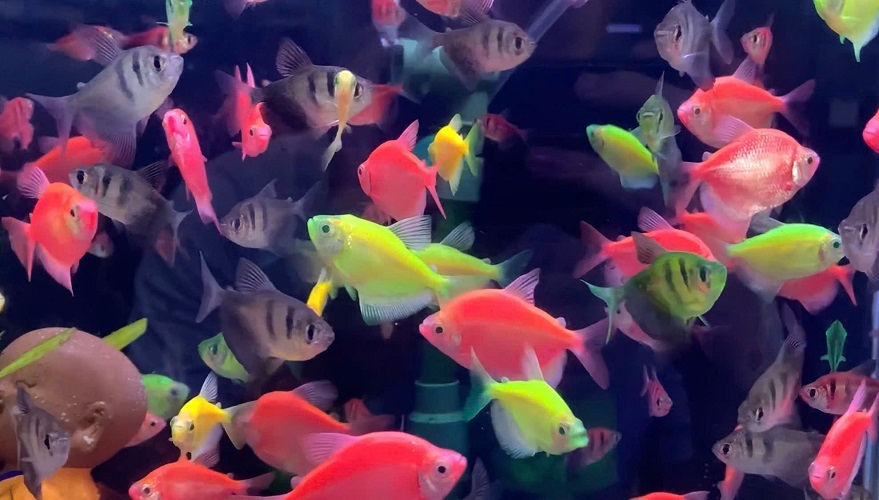
Eye-catching luminous sail fish tank.
Through the information that nicefish.net has shared above, you can see that sailfish is indeed a national ornamental fish, cheap, colorful, eye-catching, easy to raise and friendly, very suitable for decoration in every home's aquarium.
If you want to know more about other beautiful and unique ornamental fish, don't forget to visit our Blog section right away.
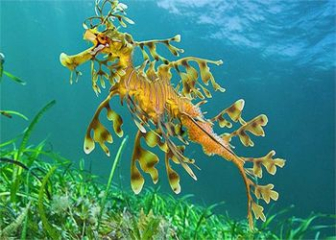
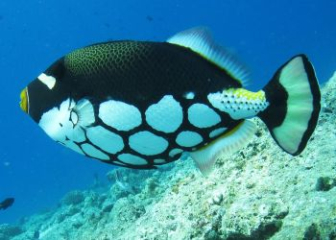
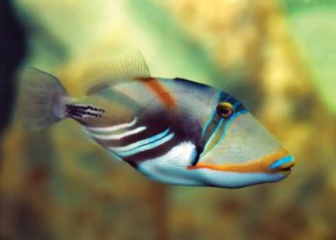

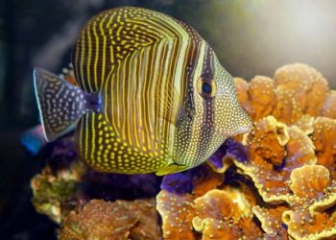
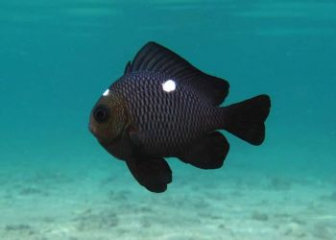

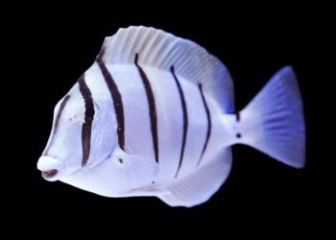
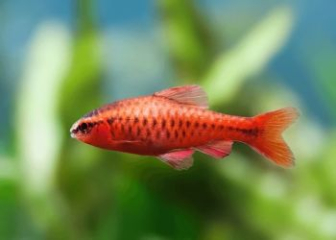


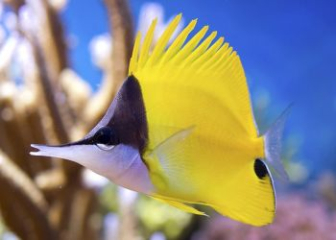
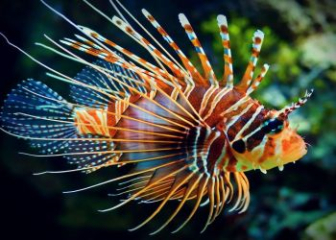
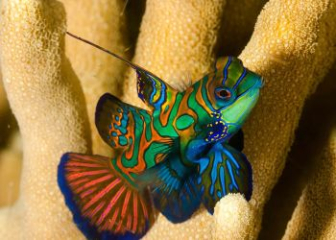
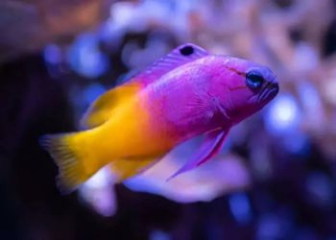
_350x250.jpg)
